 | ||
Similar SPARK, VLM, Rokot, Falcon 9 Full Thrust, KSLV‑2 | ||
LauncherOne is an orbital launch vehicle under development by Virgin Orbit in the 2010s. It is an air launch to orbit rocket, designed to launch "smallsat" payloads of 200 kilograms (440 lb) into Sun-synchronous orbit, following air launch from a carrier aircraft at high altitude. Launches are projected to begin in Q4 2016.
Contents

Several commercial customers had contracted for launches by 2012, including GeoOptics, Skybox Imaging, Spaceflight Services, and Planetary Resources. Both Surrey Satellite Technology and Sierra Nevada Space Systems are developing satellite buses "optimized to the design of LauncherOne."
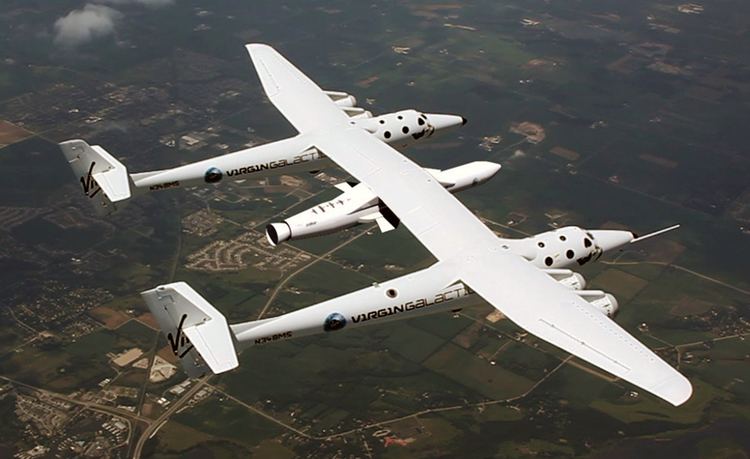
cosmic girl virgin galactic launcherone carrier aircraft
History
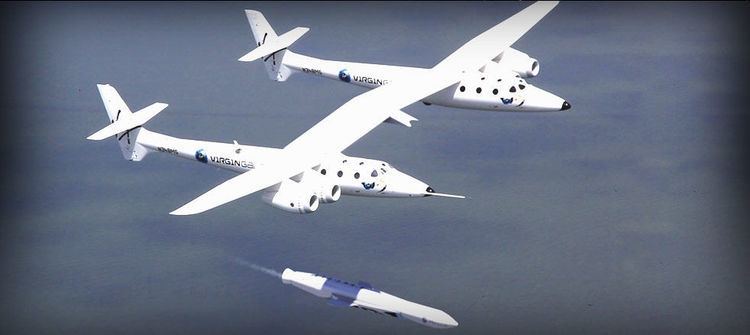
Virgin Galactic began working on the LauncherOne concept in 2007, and the technical specifications were first described in some detail in late 2009. The LauncherOne configuration was proposed to be an expendable, two-stage, liquid-fueled rocket air-launched from a White Knight Two carrier aircraft. This would make it a similar configuration to that used by Orbital Sciences' Pegasus, or a smaller version of the StratoLaunch air-launched rocket system.
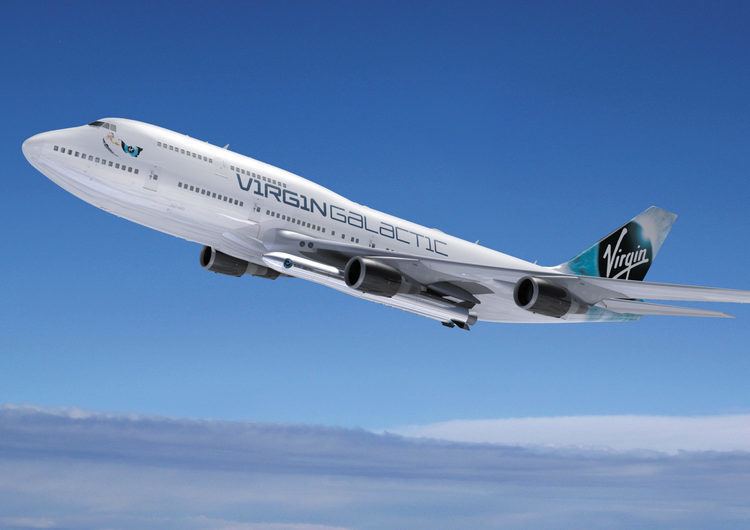
In October 2012, Virgin announced that LauncherOne would be designed so that it could place 200 kg (440 lb) in Sun-synchronous orbit.
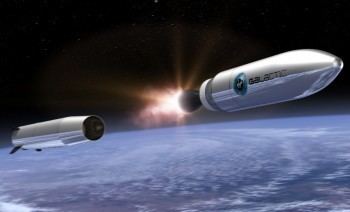
As of 2012, Virgin planned to market the 200 kg (440 lb) payload delivery to Sun-synchronous orbit for under US$10,000,000 per mission, while the maximum payload for LEO missions would be somewhat larger at 230 kg (500 lb).
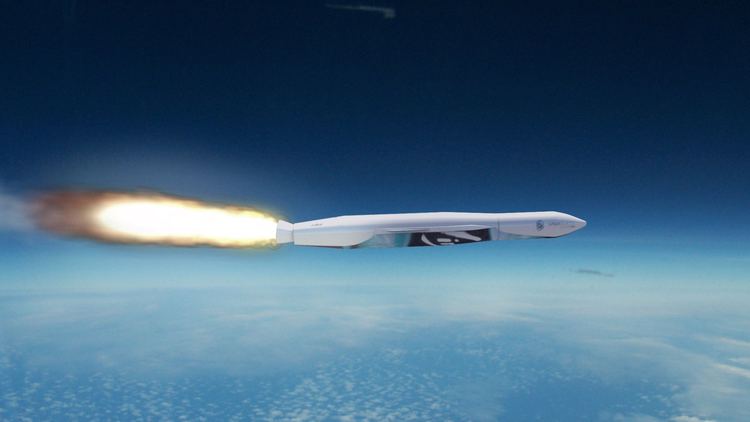
In 2015, Virgin Galactic established a 150,000-square-foot (14,000 m2; 1.4 ha) research, development, and manufacturing center for LauncherOne at the Long Beach Airport. The company reported in March 2015 that they were on schedule to begin test flights of LauncherOne with its Newton 3 engine by the end of 2016.
On 25 June 2015, the company signed a contract with OneWeb Ltd. for 39 satellite launches for its satellite constellation with an option for an additional 100 launches.
News reports in September 2015 indicated that the higher payload of 200 kg was to be achieved by longer fuel tanks and use of the recently qualified NewtonThree engine, but this also meant that White Knight Two would no longer be able to lift the rocket to launch altitude.
In December 2015, Virgin announced a change to the carrier plane for LauncherOne to carry the heavier payload. The carrier aircraft will now be a used Boeing 747-400, Cosmic Girl, previously operated by Virgin Galactic's sister company, Virgin Atlantic, and purchased outright by Virgin Group from Boeing upon the expiration of that airframe's lease. The 747 will in turn allow a larger LauncherOne to carry the heavier payloads. The modification work on the company's 747 is expected to be completed in 2016, to be followed by orbital test launches of the rocket in 2017. It was further announced in December that the revised LauncherOne would utilize the larger NewtonTnree rocket engine on the booster stage, with the NewtonFour powering the second stage.
On 2 March 2017 Virgin Galactic announced that its 200-member LauncherOne team was being spun off into a new company called Virgin Orbit.
Engines
Originally, in 2012, the second stage was to be powered by NewtonOne, a 16 kilonewtons (3,500 lbf) thrust engine. It was originally intended that the first stage will be powered by a scaled-up design of the same basic technology as NewtonOne, called NewtonTwo, with 211 kilonewtons (47,500 lbf) of thrust. Both engines had been designed by early 2014, and first articles had been built. NewtonOne was tested up to a full-duration burn of five minutes. NewtonTwo made several short-duration firings by early 2014. Ultimately, however, neither NewtonOne nor NewtonTwo would be used on LauncherOne.
NewtonThree is a 260–335-kilonewton (58,000–75,000 lbf)-thrust engine, and began hot-fire testing by March 2015. June 2015 reports suggested that a NewtonThree would power the first stage of LauncherOne.
By December 2015, Virgin had settled on a design where the first stage would utilize a larger, and yet-to-be qualified, NewtonThree engine on the booster stage, while the NewtonFour engine would power the second stage.
Design
LauncherOne is a two-stage air-launched vehicle using two Virgin-designed and built Newton RP-1/LOX liquid rocket engines.
